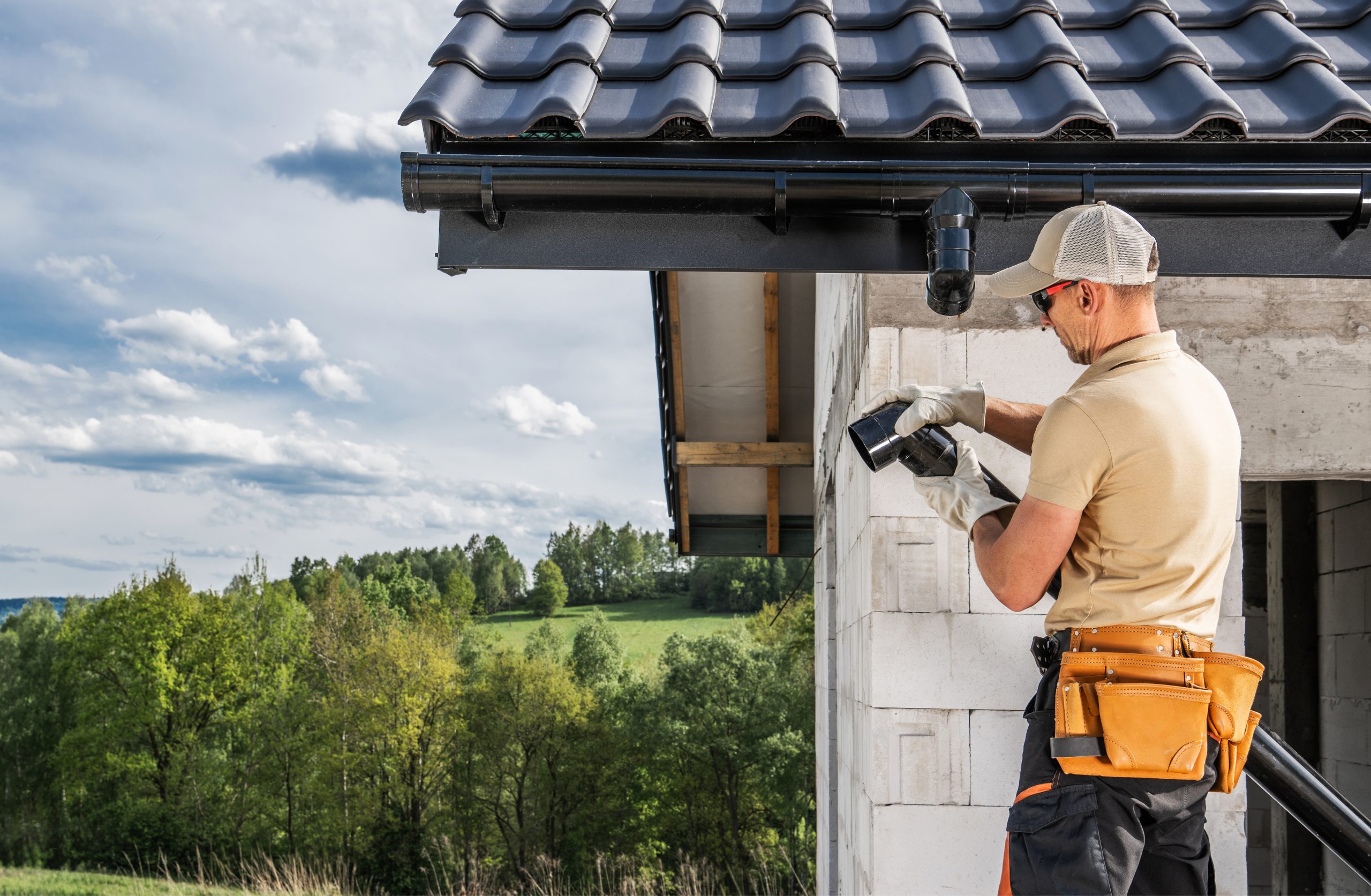Gutter guards are often marketed as a convenient solution for reducing gutter maintenance and protecting your home from water damage. However, homeowners frequently wonder whether installing gutter guards can affect the health of their roof. While gutter guards are designed to enhance the efficiency of your gutter system, they can have both positive and negative effects on your roof depending on factors such as the type of guards, quality of installation, and climate conditions. Understanding these potential impacts is crucial before making a decision.
On the positive side, gutter guards can contribute to better roof health by improving water flow and preventing clogs. When gutters are clogged with debris such as leaves, twigs, and dirt, rainwater can back up onto the roof, leading to pooling and water damage. Over time, this can weaken shingles, cause leaks, and lead to rot in the roof decking. By keeping gutters clear, gutter guards allow rainwater to flow away from your roof and foundation, reducing the risk of water-related roof damage.
In addition to improving water drainage, gutter guards can also help prevent ice dams in certain conditions. Ice dams form when melting snow refreezes at the roof’s edge, trapping water behind it. This water can seep under shingles and cause leaks. High-quality gutter guards can mitigate ice dams by ensuring that water drains efficiently from the roof, even in freezing temperatures. However, it’s important to note that not all gutter guards perform well in snowy or icy climates. Choosing the right type of guard for your region is key to maximizing this benefit.
Despite these advantages, gutter guards can also pose risks to roof health if not properly installed. One common issue arises when gutter guards are incorrectly fitted, causing water to flow back onto the roof instead of into the gutters. This improper flow can lead to water pooling and damage to shingles, especially during heavy rainstorms. To avoid this problem, it’s essential to have gutter guards professionally installed and ensure they are compatible with your roof and gutter system.
In colder climates, certain types of gutter guards can actually exacerbate ice dams. Guards that block airflow can prevent snow and ice from melting evenly, leading to the formation of ice dams. Additionally, gutter guards that accumulate snow or ice can add weight to the gutter system, potentially causing it to sag or detach. For homeowners in these regions, heated gutter guards or systems designed for cold weather may be a better choice.
Finally, the quality and design of the gutter guard system play a significant role in how it affects your roof. Cheap or poorly designed guards may fail to handle heavy rainfall or debris effectively, leading to overflow and roof damage. High-quality materials and a design tailored to your home’s needs are crucial for avoiding these issues and ensuring long-term roof health.
In conclusion, gutter guards can positively or negatively affect roof health depending on various factors. When chosen and installed correctly, they can prevent water damage, reduce maintenance, and even mitigate ice dams. However, improper installation or the wrong type of guard can create problems such as water pooling, overflow, or additional weight on the gutter system. Homeowners should carefully evaluate their specific needs and consult professionals to ensure their gutter guards work in harmony with their roof system.

